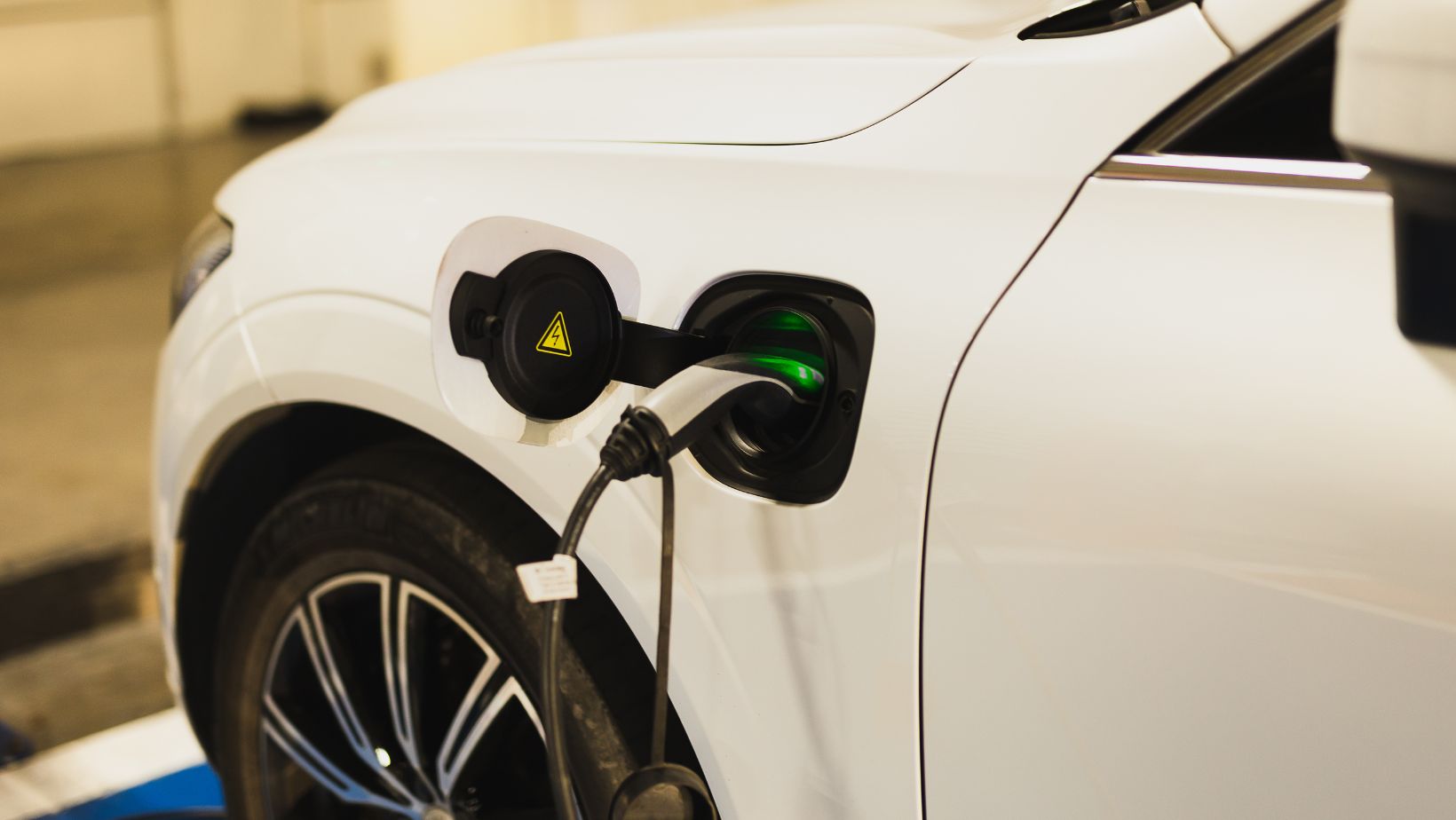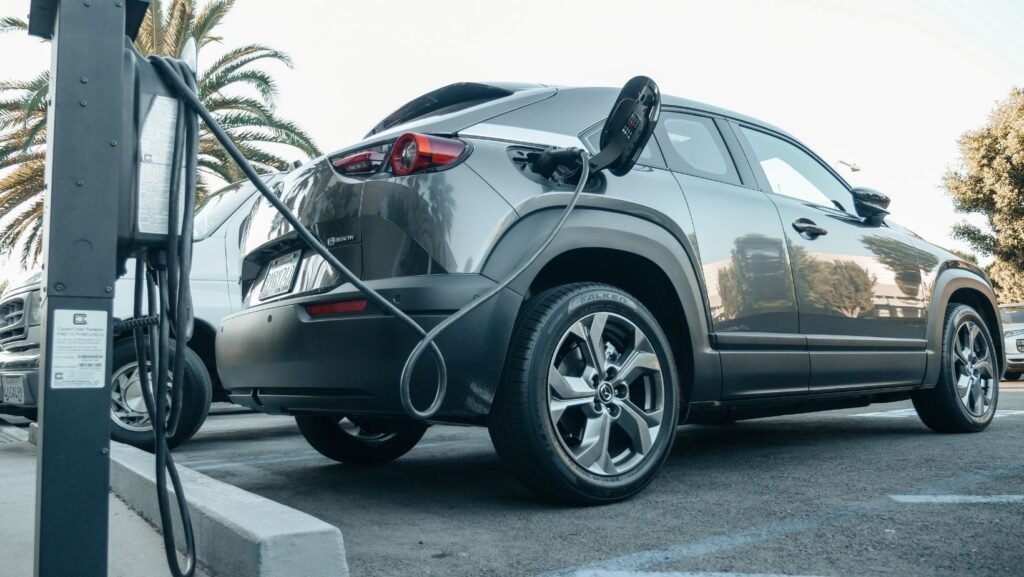Electric vehicles (EVs) are taking over the motor industry. They are revolutionizing the way we drive by offering a cleaner, greener alternative to traditional gasoline-powered cars. However, as the popularity of EVs continues to soar, it becomes essential to understand the ins and outs of electric car charging. It’s not just about plugging it in overnight; it’s about mastering the best practices to ensure optimal battery life, efficiency, and convenience.
In this article, we’ll explore these best practices for powering your vehicle, helping to make it a simple part of your daily routine.
Choose the Right Charger
Before you start powering up your electric car, it’s important to understand the different types of power sources available and choose the one that best fits your needs:
- Level 1 Chargers: Level 1’s can be plugged into a standard household outlet. They are suitable for overnight charging but are slower than other types.
- Level 2 Chargers: Ideal for home setups, these require a 240V outlet and can power up your EV much faster. Many electric car owners opt to install these at home for convenience and speed.
- DC Fast Chargers: These are the quickest option available, perfect for long trips where time is of the essence. They are commonly found at public stations.
Utilize Electric Car Charging Apps
Electric car charging apps are fantastic for helping you to manage your EV efficiently.

They help you make your experience smoother and more convenient by locating stations, checking availability, and handling payments. Plus, they can integrate with your vehicle’s navigation system to alert you to real-time updates on progress.
Follow Battery Charging Best Practices
For optimal health, practice the 10-90 rule by keeping your EV’s battery level between 10% and 90%. This strategy prevents undue stress on the battery, helping to prolong its effective lifespan. Additionally, as temperature affects efficiency, it’s advisable to refuel your vehicle in a controlled environment. A garage or any shaded area can shield your battery from extreme heat or cold, ensuring more consistent performance.
Plan Your Charging
Planning when and where to charge your EV can impact convenience and costs.
- At Home: Since the majority of recharging typically happens at home, investing in a reliable, high-quality setup is essential. Plus, to take advantage of lower electricity rates, consider scheduling it during off-peak hours.
- In Public: When you’re on the road, it’s important to map out your use of public stations. Plan your routes and stops around the availability of these stations to ensure you stay powered up and ready to go.
Regularly Monitor Your Battery’s Health
Keep a close eye on your electric vehicle’s battery by regularly checking its condition through the vehicle’s diagnostic system.

This helps ensure that it is performing well and alerts you to any potential issues before they become serious.
Use Smart Charging Features
Use your electric vehicle’s smart features to optimize charging based on your routine, the cost of electricity, and battery needs. This can help you manage energy use effectively and extend the lifespan.
Keep Software Updated
Stay up-to-date with the latest software updates for your electric vehicle. These updates can improve the car’s functionality, enhance efficiency, and introduce new features that enhance your driving experience. Regular updates keep your vehicle performing at its best.
Conclusion
Charging your electric car efficiently requires more than just plugging it in. By following these best practices, you can enhance your routine, extend the life of your EV’s battery, and improve your overall driving experience. Embrace these practices to make the most of your electric vehicle and contribute to a more sustainable future.



